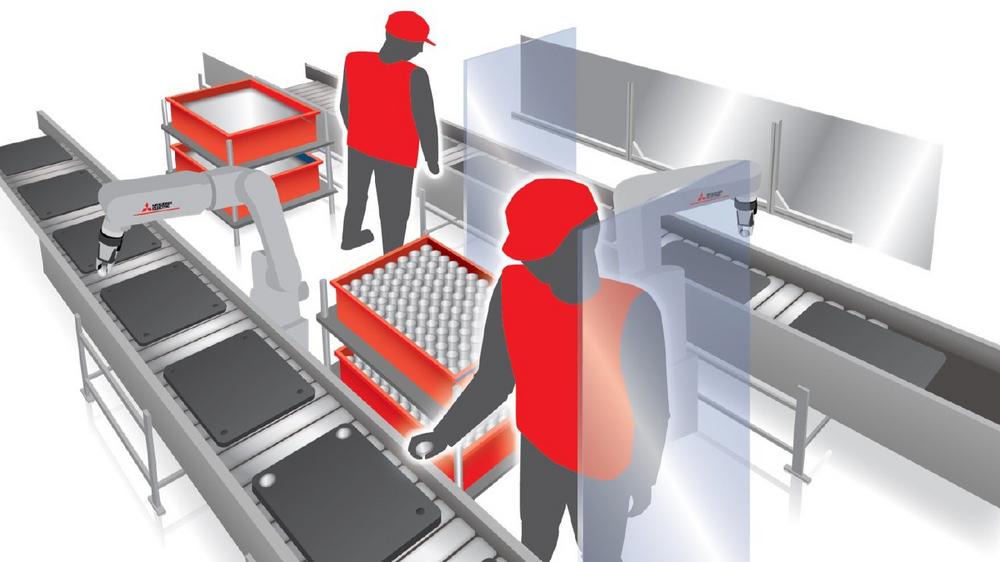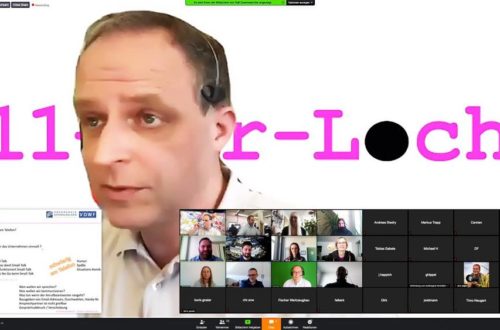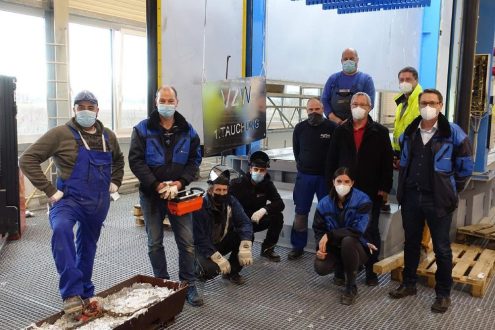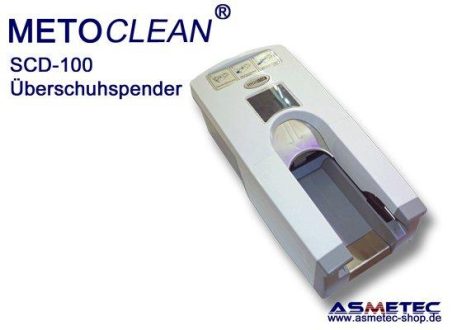
Cobots enable effective high-mix, low-volume production
While high-volume production, with its repetitive tasks, has seen increased adoption of traditional industrial robots, we have to think differently in a high-mix production environment where the programming and reconfiguration effort to change from one product to the next can impact on productivity. In high-mix production, there might be several line changeovers needed in a given shift.
For many manufacturers, this has meant an increased reliance on manual labour. But that, in turn, increases operational costs when compared with high-volume production – and the greater the mix, the higher the emphasis on manual labour, and the greater the production cost for a given volume.
Further, high-mix, low volume (HMLV) production requires more stringent quality control processes to be put in place, with the opportunity for production errors increasing as the batch sizes reduces.
At the same time, the levels of changeovers between different products can often become a bottleneck.
However, the new breed of collaborative robots (or cobots) is responding to the trend of HMLV production, delivering the required flexibility and the ability to reconfigure processes quickly as well as easily.
Improved flexibility, consistency and reliability
Designed to assist human operators on the shop floor, cobots can take on simple, repetitive and physically strenuous tasks. This offers improved consistency and reliability in manufacturing while enabling humans to concentrate on more complex jobs. A cobot is also flexible and can quickly learn to adapt to a variety of tasks, from picking and placing to machine tending.
A key benefit of cobots is their ease of programming, enabling frequent redeployment and fast set-up without advanced robotic programming expertise. One recent development which can improve the ease and speed of configuration is hand-guided teaching, where the cobot arm is simply moved to the desired position and added to the operational sequence at the press of a button. This technology means that no complex programming is required, and it can also be combined with touch-screen graphical interfaces to implement more sophisticated operations.
A digital twin can also be used to enhance the speed of set-up and redeployment. Employing a digital representation of the physical cobot, including the virtual capability to evaluate performance, the digital twin can simulate cobot interaction to ensure that it can safely and predictably fulfil the desired task before deployment.
This ease of programming and redeployment is one of the main enablers of HMLV production and holds the key to reducing operational costs. At the same time, the increased accuracy of the latest cobots is an important contributor to improving quality in a high-mix environment.
As an example, Mitsubishi Electric’s MELFA ASSISTA cobots can provide a repeat accuracy of ±0.03mm, making them ideal even for the most delicate and precise tasks.
By moving towards HMLV production, manufacturers are finding that they can differentiate themselves from their competitors, with the ability to tailor products to specific customer requirements, even in the smallest of batches. Further, with the ability to quickly switch production to a different product, manufacturers can become more responsive to changes in the market, delivering an additional competitive advantage.
Cobots are proving a key enabler for high-mix automation while offering the maximum return on investment. In an HMLV production environment, cobots drive up flexibility and reduce operational costs.
With 100 years of experience in providing reliable, high-quality products, Mitsubishi Electric Corporation is a recognized world leader in the manufacture, marketing and sales of electrical and electronic equipment used in information processing and communications, space development and satellite communications, consumer electronics, industrial technology, energy, mobility and building technology, as well as heating, cooling and air-conditioning technology.
Embracing the spirit of its "Changes for the Better", Mitsubishi Electric endeavours to be a global, leading green company, enriching society with technology.
With around 146,500 employees the company recorded consolidated group sales of 40.9 billion US Dollar* in the fiscal year ended March 31, 2020.
Our sales offices, research & development centres and manufacturing plants are located in over 30 countries.
Factory Automation EMEA
Mitsubishi Electric Europe B.V., Factory Automation EMEA has its European headquarters in Ratingen near Dusseldorf, Germany. It is a part of Mitsubishi Electric Europe B.V. that has been represented in Germany since 1978, a wholly owned subsidiary of Mitsubishi Electric Corporation, Japan.
The role of Factory Automation EMEA is to manage sales, service and support across its network of local branches and distributors throughout the EMEA region.
* At an exchange rate of 109 yen to the US dollar, the rate given by the Tokyo Foreign Exchange Market on March 31, 2020
Mitsubishi Electric Europe B.V. Niederlassung Deutschland
Mitsubishi-Electric-Platz 1
40882 Ratingen
Telefon: +49 (2102) 486-0
Telefax: +49 (2102) 486-1120
http://www.mitsubishielectric.de
Factory Automation European Business Group
Telefon: +49 (2102) 486-2150
Fax: +49 (2102) 486-3548
E-Mail: monika.torkel@meg.mee.com
![]()



